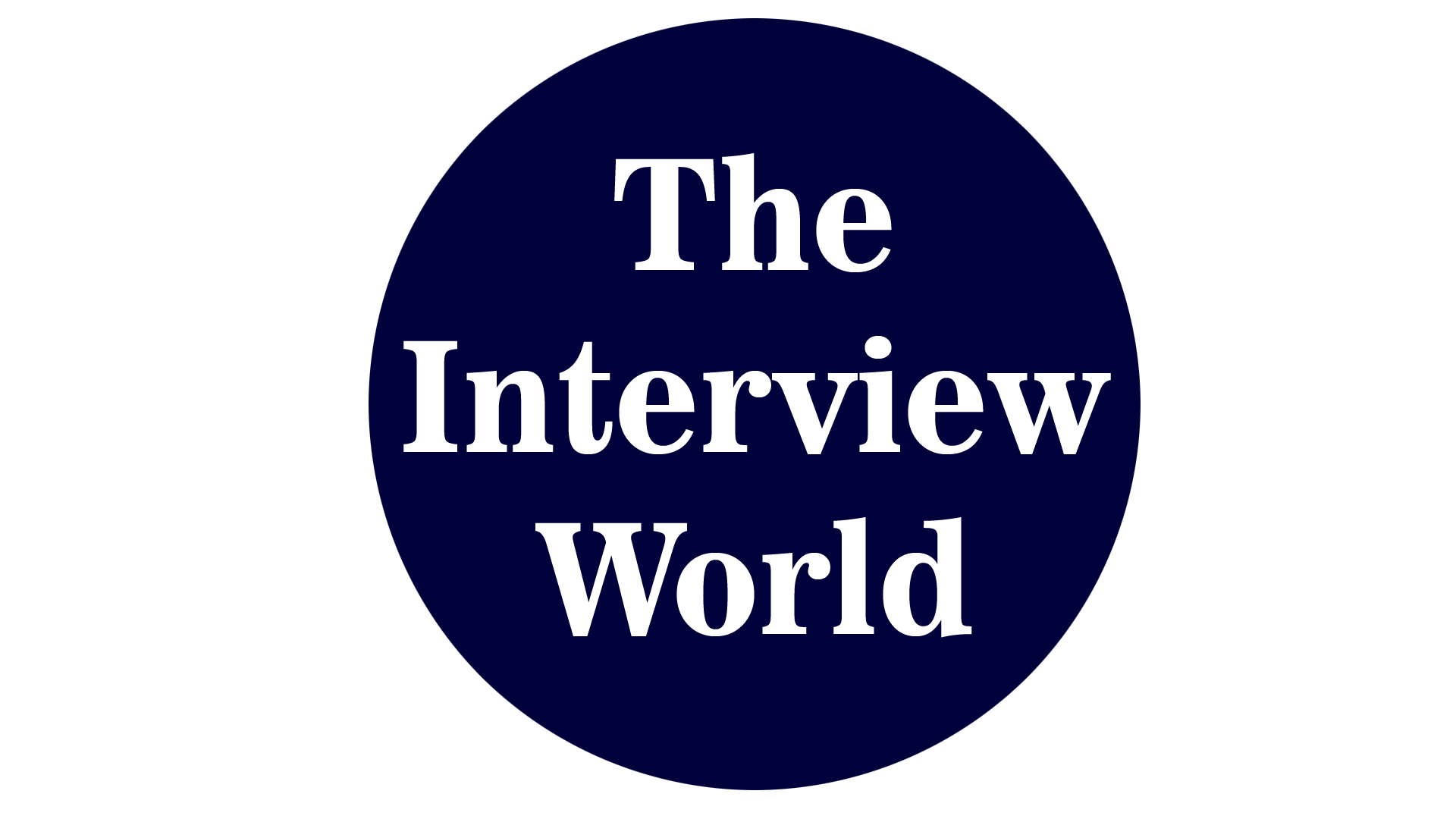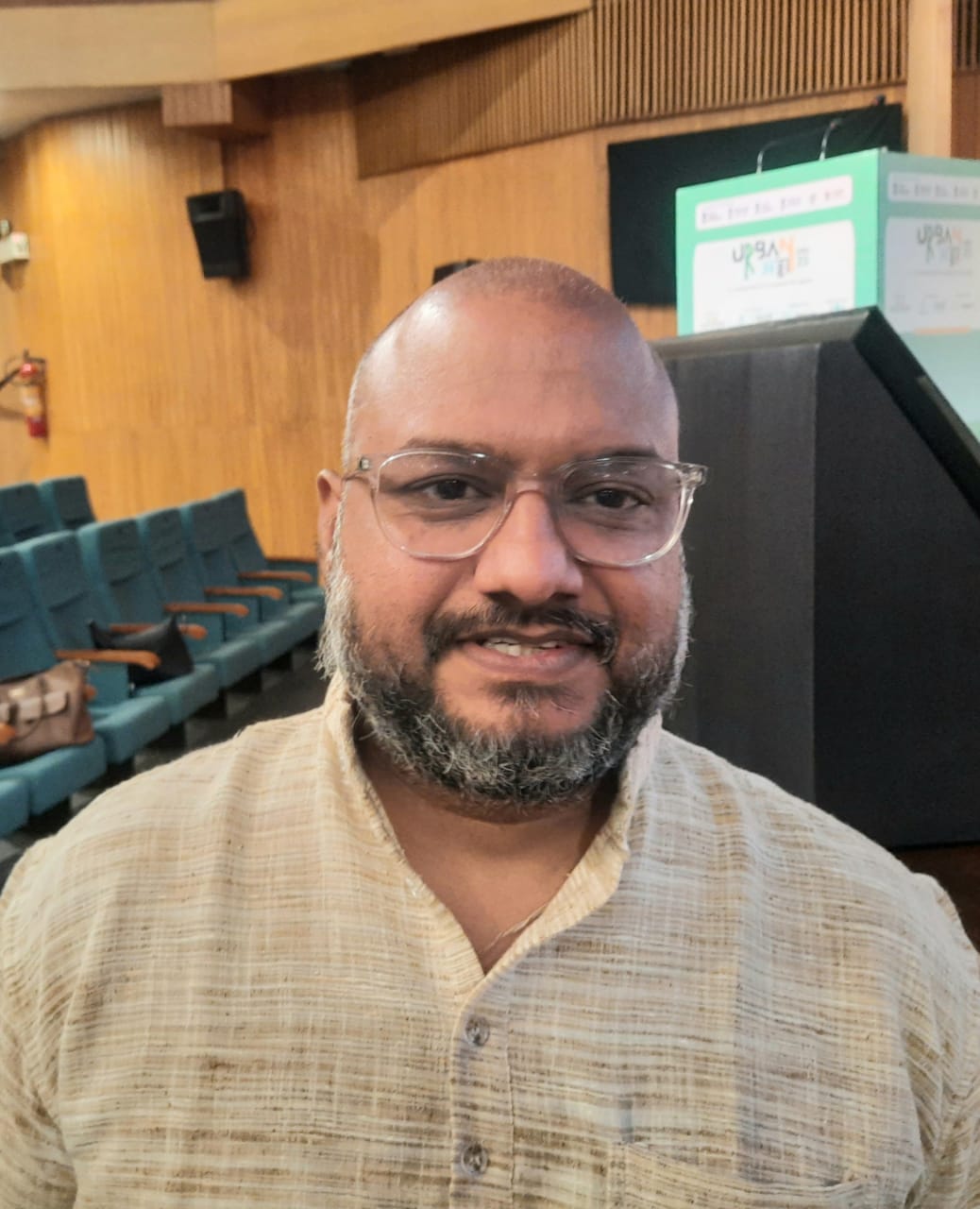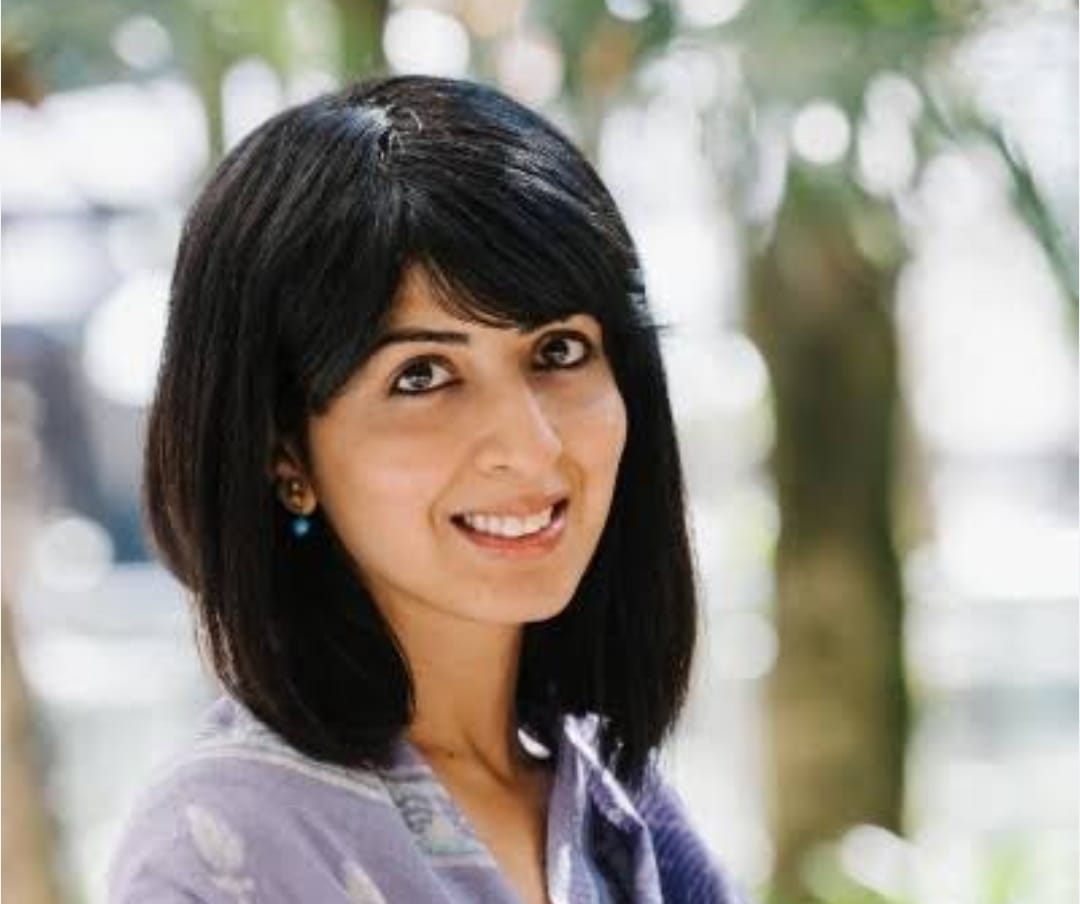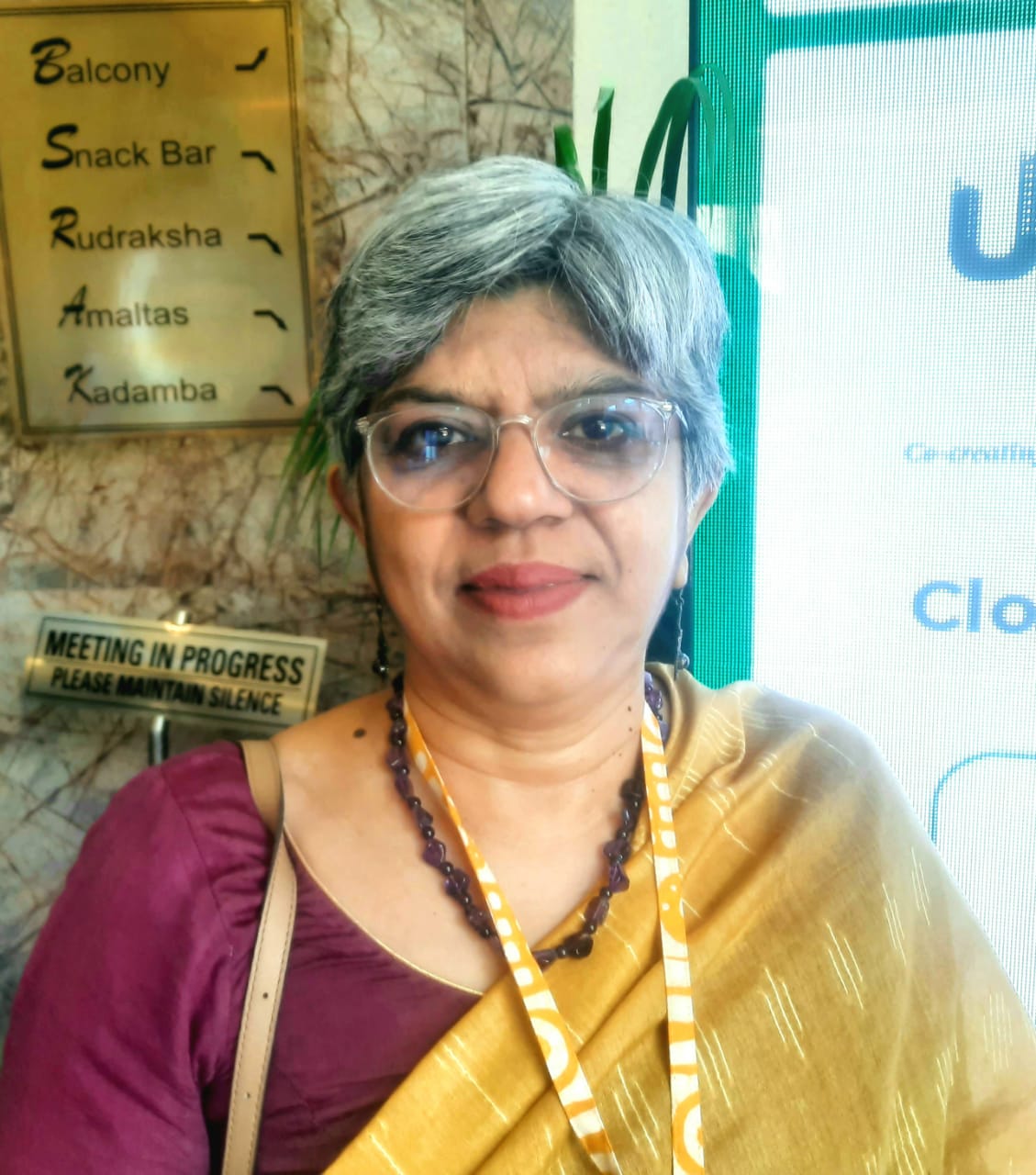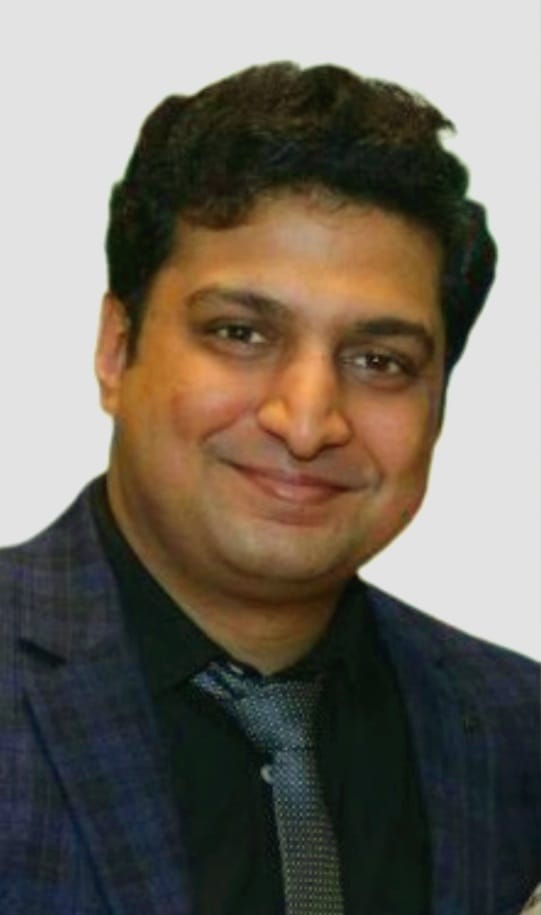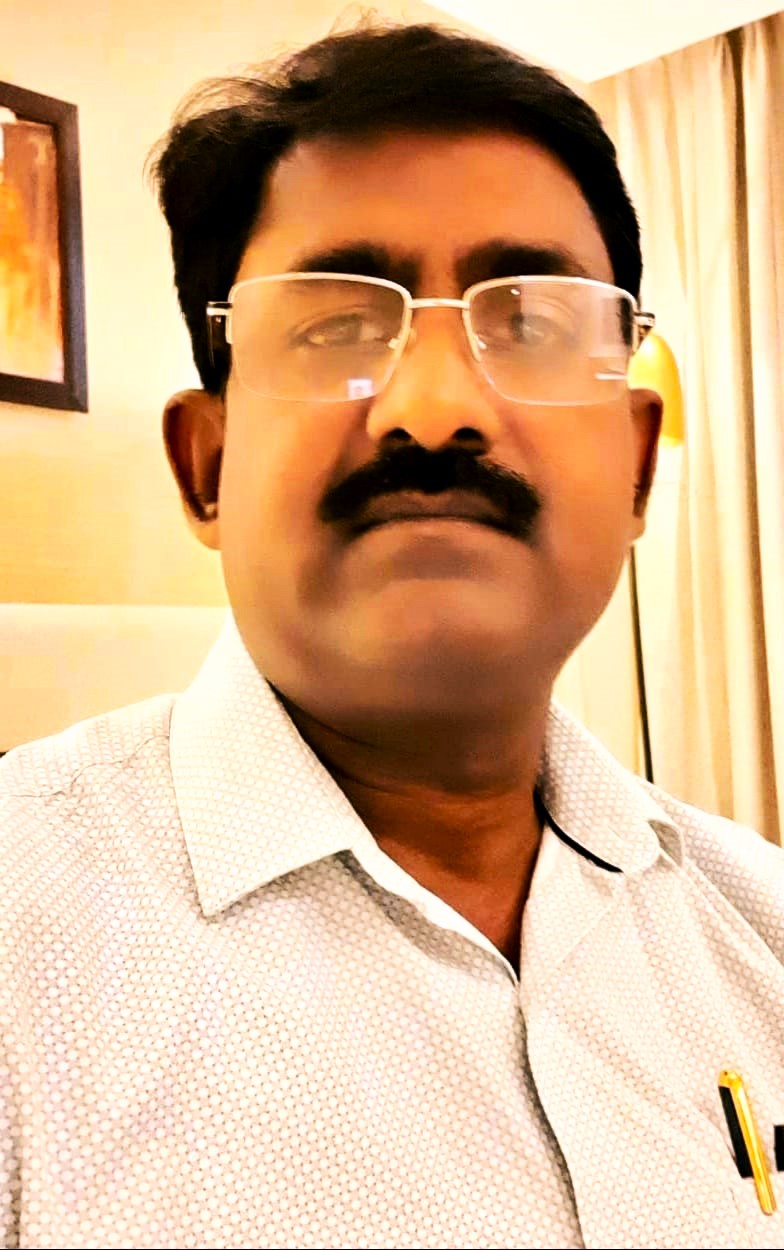Point-of-care (POC) tuberculosis (TB) diagnosis in India has rapidly gained momentum, particularly in remote and underserved areas. These tests, performed directly at the patient’s location, deliver fast results that accelerate early detection and treatment. Integrating advanced technologies, like GeneXpert and lateral flow assays, has revolutionized diagnostics. Now, healthcare professionals can detect both TB and drug resistance within hours.
However, affordability and accessibility remain pressing challenges. Despite significant efforts by the Indian government to subsidize these tests through national TB control programs, many populations still face financial barriers. To overcome this, initiatives such as free testing at government clinics and NGO collaborations aim to broaden access, particularly in rural communities.
Raising public awareness is equally crucial. Communities must recognize the importance and availability of these POC tests to maximize their impact. By improving access to affordable diagnostics, India can strengthen its TB control initiatives and move closer to its goal of eliminating TB as a public health threat by 2025. Continued investment in healthcare infrastructure and education will be pivotal in making these vital tests accessible to all.
In an exclusive conversation with The Interview World, Sohom Banerjee, Project Manager at the Common Research & Technology Development Hub, IIT Kharagpur, discussed their breakthrough POC diagnostic solution for TB. He highlighted the product’s unique features, explained its benefits for patients, and emphasized the agility of testing. Below are the key takeaways from his insightful interview.
Q: Can you provide detailed insights into the point-of-care diagnostic solution you’ve developed for TB and when are you launching it in the market?
A: We have developed an innovative point-of-care diagnostic solution for detecting pathogens. During the COVID-19 pandemic, we saw firsthand that many labs, especially in resource-limited settings, lacked infrastructure like RT-PCR machines and trained personnel. To address this challenge, we created a system that doesn’t require sophisticated labs or specialized staff to perform tests.
Initially, we designed the product for COVID-19 diagnostics during the pandemic. Now, we are adapting and standardizing it for TB and respiratory tract infections. We have already reached a significant stage of development. Preclinical validation has been completed in collaboration with NIRT Chennai, and we are currently validating the product for TB and drug-resistant TB at Safdarjung Hospital with support from ICMR. We have also obtained the necessary testing licenses from CDSCO. With these milestones achieved, we are optimistic that the product will be ready for market within the next six to seven months, making it accessible to those who need it most.
Q: What sets your product apart from existing diagnostic solutions on the market, and what unique advantages does it offer in terms of accuracy, efficiency, or ease of use?
A: For our existing products, we offer a PCR machine, which, as you know, is used for polymerase chain reaction—a process requiring advanced equipment. However, our latest technology differs significantly. It uses isothermal amplification for nucleic acids, whether DNA or RNA. Unlike PCR, it doesn’t require an expensive PCR machine. Instead, we’ve developed a thermal cycler that costs less than ₹10,000. The per-test cost is only ₹120. This makes it far superior to the standard rapid antigen test (RAT) kit, which lacks accuracy. Our solution offers over 95% specificity, addressing key challenges in healthcare: access, affordability, and quality. We’re solving all three.
Q: How does your product specifically benefit patients, and in what ways will it improve their diagnosis, treatment experience, and overall health outcomes?
A: Tuberculosis is rapidly becoming a major health challenge in India, and we must act quickly. Fortunately, we can leverage the government ecosystem, particularly Asha and Anganwadi workers, to address this. With minimal training, they can easily use our technology, which is user-friendly and highly accessible. We can implement this device across public health centers, subsidiary health centers, and even in places like medical dispensaries, railway stations, and airports. Frontline health workers can operate it without the need for specialized personnel, expensive labs, or costly equipment worth ₹10 lakhs. This technology removes those barriers entirely.
Q: How quickly does your product deliver diagnostic results, and how does this turnaround time compare to other available options?
A: The device delivers results in 40 minutes but doesn’t process just one test at a time. It can handle up to five tests simultaneously, and we can scale that to 10 or even 12 tests simultaneously. This means we can detect TB in 10 to 12 people in only 40 minutes, significantly improving efficiency and speed.

